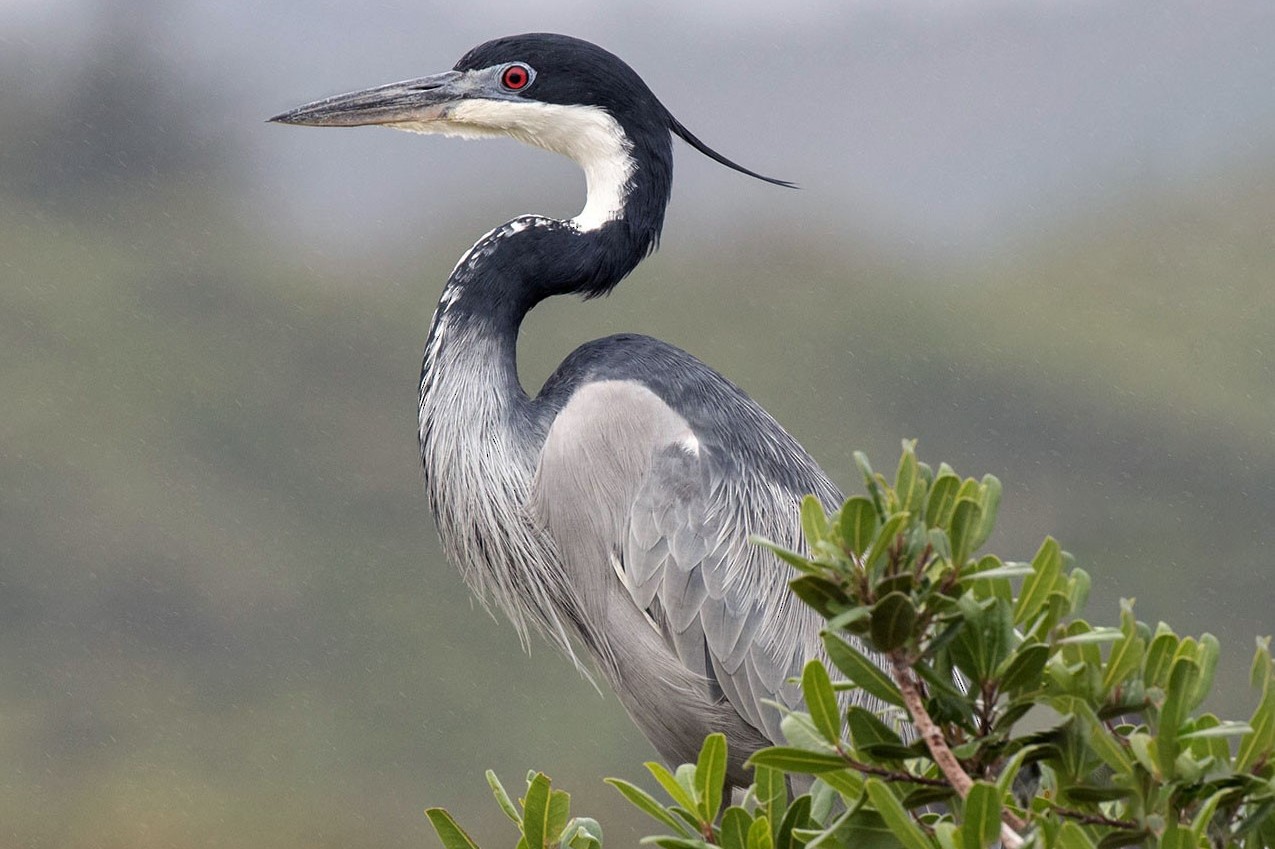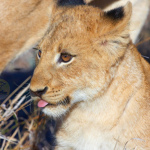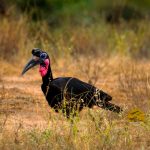The Black-headed Heron-a Wetland Bird with Grace in Uganda.
The Black-headed Heron, Ardea melanocephala, is one of the striking species adorning the wetlands of Uganda. Generally referred to as the “Pearl of Africa,” Uganda has outstanding natural beauty; wetlands form some of the key habitats for diverse wildlife, which include the conspicuous and striking Black-headed Heron.
Appearance and Identification.
The Black-headed Heron is a medium-sized wader, with some striking markings; the black crown, nape, and upper neck contrast beautifully with the remainder in gray. The legs are long and pale yellow, while the bill is dagger-like, usually yellow or pale pink. The white cheeks and throat further enhance the generally striking aspect of this heron, again in striking contrast to the dark head. In flight, the Ardea melanocephala shows an impressive wingspan, with black flight feathers against white underwings.
Habitat and Distribution.
The Black-headed Heron is a common inhabitant of most wetlands and areas around them in Uganda. Most major rivers, lakes, marshes, and papyrus swamps in the country create ideal habitats for this species. The species’ range goes from Sub-Saharan Africa to the Arabian Peninsula; it mostly thrives around freshwater with wetlands around them. It is possible to see Black-headed Heron at classic Uganda birding sites such as Murchison Falls National Park, Budongo Forest, Kibale Forest National Park, Maramagambo Forest, and Lake Mburo National Park.
Black-headed Heron Behaviour and Diet.
Black-headed Herons are patient, solitary hunters, normally seen standing still at the water’s edge, waiting for prey to approach within striking distance; Their diet usually consists of fish, frogs, and aquatic insects-which they snatch with their acuminated bill-but may take small mammals and reptiles when the occasion arises.
Breeding: Ardea melanocephala.
Breeding of Ardea melanocephala in Uganda generally coincides with the rainy season. They build large conspicuous stick nests in trees or reed beds near water sources; a number can be seen in colonies especially where there is abundant food. The herons lay between two to four eggs and both parents incubate and protect in turns. The chicks hatch with a white downy plumage and are fed regurgitated food from the parent. They gradually darken over time, attaining the same plumage as the adults.
Conservation Status.
The IUCN Red List of Threatened Species generally classifies the Black-headed Heron as a species of “Least Concern”. Wetlands are probably the prime habitats of herons and face constant threats due to human activities, including habitat destruction and pollution. Thus, their sustainable conservation and protection of wetland ecosystems are significant for the continued well-being of these Herons and other wildlife species depending on these vital habitats.
Remarks on Black-headed Heron in Uganda (Ardea melanocephala).
Arguably, it is one of the most handsome and iconic birds gracing Ugandan wetlands. With an outrageously striking outlook, plus its patient hunting behavior, it is therefore an iconic representation of rich biodiversity in the “Pearl of Africa.” We must save wetland areas to keep such majestic birds in their original home and to continue catching our eyes with their striking beauty for generations to come.












